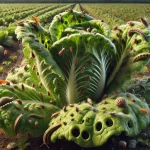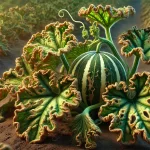The melon crop can be threatened by various pests that, if not properly managed, reduce the quality and quantity of production. Knowing the most common pests and strategies for their control is essential to maintaining a healthy and profitable orchard. In this article, we will describe the main pests that affect melons and provide practical and technical advice to combat them effectively.
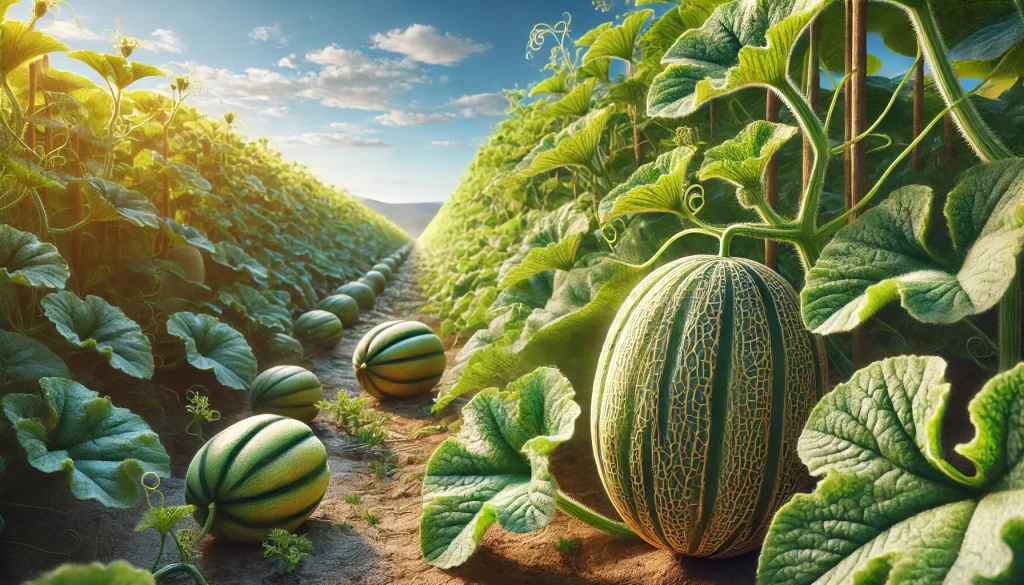
Common Pests in Melon Crops
Aphids (Aphididae)
Description:
Small sucking insects that cluster on the undersides of leaves and young shoots. They can transmit viruses and suck sap, weakening the plant.
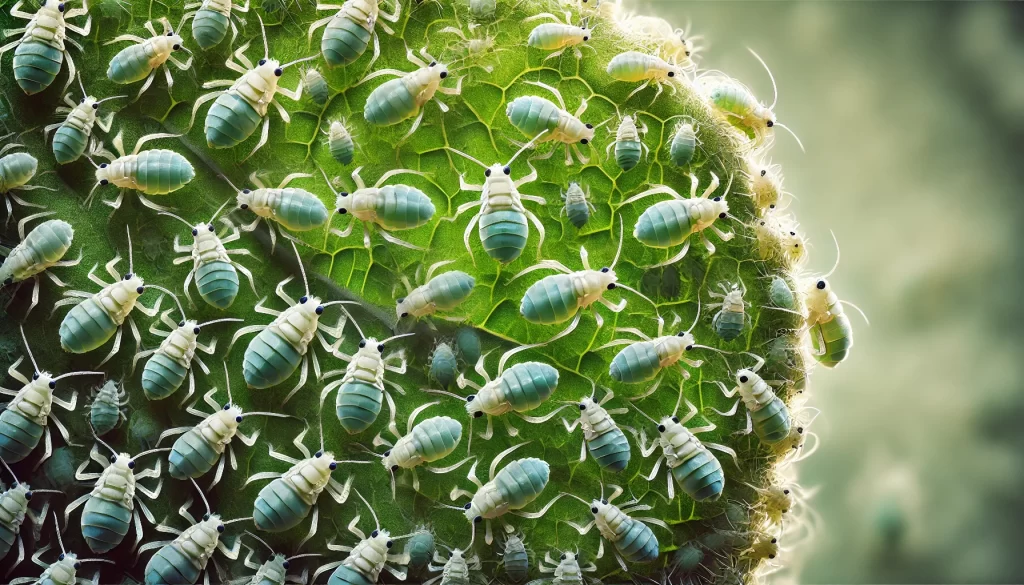
Symptoms:
- Curling and discoloration of leaves
- Presence of honeydew and black mold (sooty mold)
- Stunted growth
Control Methods:
- Biological control: Introduce beneficial insects such as ladybugs, lacewings, or parasitoid wasps.
- Natural insecticides: Use potassium soap or horticultural oils to control populations.
- Constant monitoring: Periodically check the crop to detect early infestations.
Thrips (Thysanoptera)
Description:
Winged insects that feed by scraping the surface of leaves and fruits, causing silvery patches and deformations.
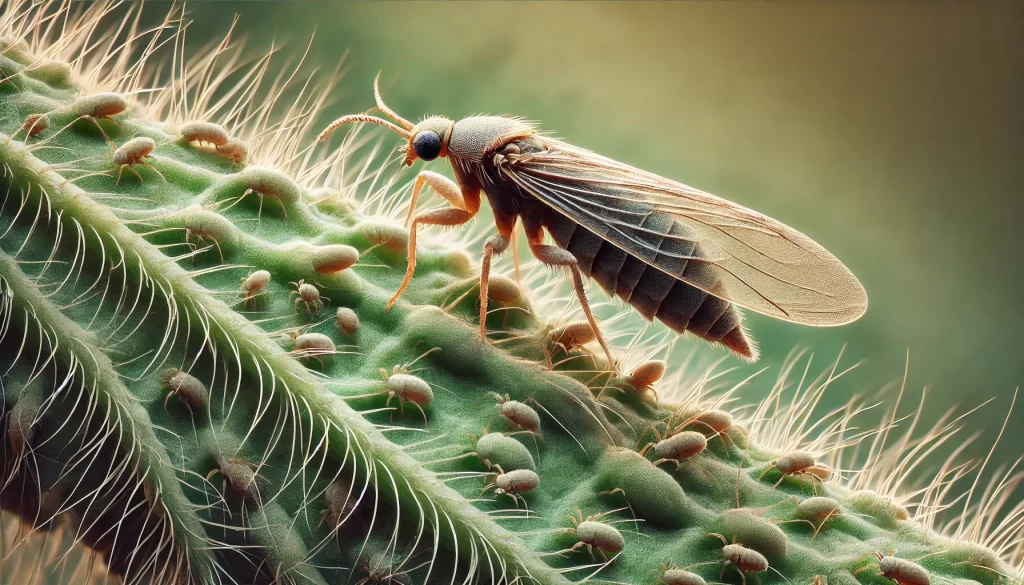
Symptoms:
- Spotted and bronzed leaves
- Fruits with scars and deformities
- Reduced plant vigor
Control Methods:
- Physical barriers: Install anti-thrips nets around the orchard.
- Specific fungicides and insecticides: Apply products approved for thrips and perform preventive treatments.
- Cultural control: Remove plant residues and organic debris that may harbor these insects.
Whitefly (Bemisia tabaci)
Description:
Small white insects that feed on sap and can transmit viruses, such as the Mosaic Virus.
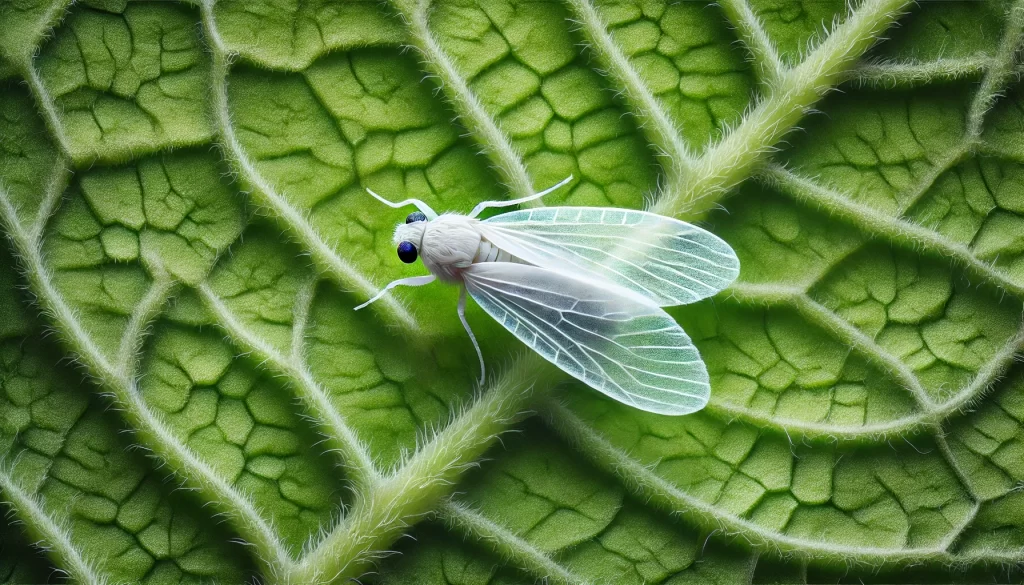
Symptoms:
- Yellowing leaves and “sticky” appearance
- Excretion of honeydew promoting the growth of black mold
- Reduced photosynthetic capacity
Control Methods:
- Selective insecticides: Use products that do not harm beneficial insects and rotate chemicals to avoid resistance.
- Biological control: Introduce natural predators like lacewings and ladybugs.
- Sticky traps: Place yellow traps to monitor and reduce populations.
Mites (Tetranychus urticae)
Description:
Small arachnids that feed on the cellular content of leaves, causing severe leaf damage.
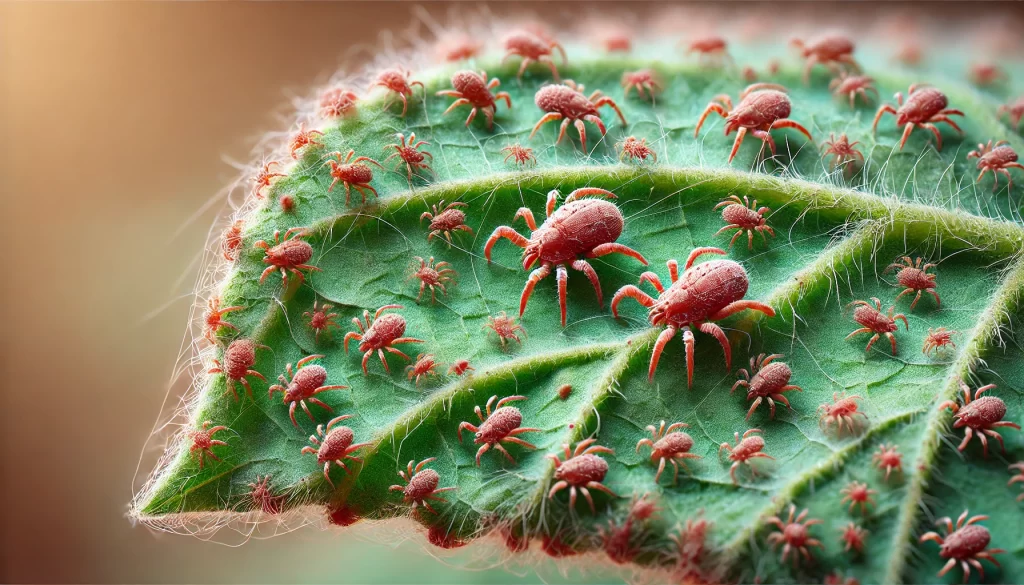
Symptoms:
- Yellow patches on leaves, then bronzed or silvered spots
- Fine webs on the undersides of leaves
- Premature leaf drop
Control Methods:
- Specific acaricides: Apply suitable products following technical recommendations.
- Increase relative humidity: Spray water or adjust irrigation to discourage mite proliferation.
- Biological control: Use predatory mites like Phytoseiulus persimilis.
Integrated Pest Management Strategies
Integrated Pest Management (IPM)
IPM combines several tactics to control pests with minimal environmental impact and harm to non-target organisms. It includes:
- Regular monitoring: Inspect the crop frequently to identify signs of infestations.
- Crop rotation: Reduce pest pressure by alternating melons with other species.
- Varietal resistance: Select melon varieties resistant to certain pests.

Cultural and Preventive Practices
- Weed and debris removal: Reduce refuges for pests and facilitate access for natural enemies.
- Use of physical barriers: Mesh and covers to prevent insect entry.
- Proper fertilization and optimal irrigation: Healthy plants are more resistant to pest attacks.
Conclusion
Effective pest control in melon crops requires a combination of constant monitoring, biological and chemical methods, and appropriate cultural practices. Adopting an integrated pest management approach reduces the reliance on pesticides, protects the environment, and ensures sustainable and profitable melon production.
References
- Pedigo, L.P., & Rice, M.E. (2009). Entomology and Pest Management. Pearson.
- van Lenteren, J.C., & Tommasini, M.G. (2017). “Integrated Pest Management in Horticultural Crops: Successes and Challenges.” Crop Protection, 90, 3-10.
- Kogan, M. (1998). “Integrated Pest Management: Historical Perspectives and Contemporary Developments.” Annual Review of Entomology, 43, 243-270.
 AgronoBlog – Agriculture Blog
AgronoBlog – Agriculture Blog 